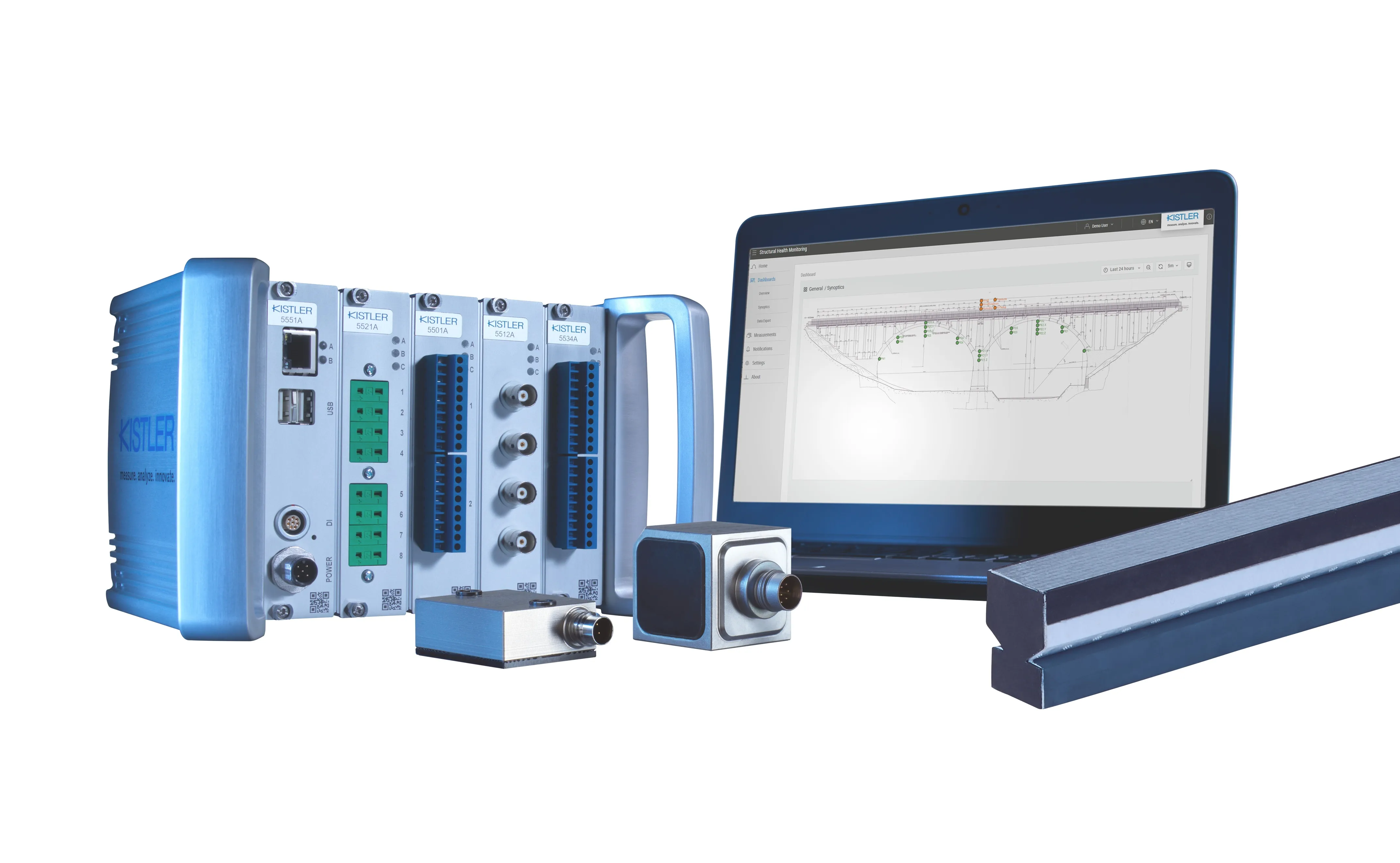Schneider Electric created and customised a system to provide NHDOT with the most accurate precipitation forecasts, which are key to timely treatments of roads.
The accuracy of precipitation forecasts supported productivity of winter road maintenance operations for the NHDOT, enabling it to pretreat, treat and plough roads throughout storm cycles.
In order to provide a segmented forecast for the CPM Project, program managers chose to analyse two specific route segments along the I-93 corridor. Installed by Lufft USA, road weather information systems (RWIS) stations at each end of the corridor provided critical weather and pavement information that formed the basis for each forecast.
NHDOT’s RWIS data provided the hourly and daily weather and pavement forecasts, which were used by NHDOT staff during pre-storm preparation and in-storm operations to better determine what, if any, road treatments were required before, during and after each storm.
Schneider Electric also provided meteorological experts on a 24/7 basis for consultation, enabling the project to use real-time road and weather forecast data from Schneider Electric, automated storm warnings from RWIS and targeted alerts to improve the consistency and effectiveness of winter road maintenance services at NHDOT.
"The services provided by Schneider Electric played a pivotal role in our CPM Project. We were pleased with the results and grateful for their assistance,” Nicholas King, NHDOT CPM Project 2014 team leader.
Schneider Electric aids New Hampshire DOT winter weather forecasts
Schneider Electric partnered with the New Hampshire Department of Transportation (NHDOT) during the 2013-2014 winter season as part of the Certified Public Manager (CPM) Program. The five-month partnership revealed precipitation forecasts from Schneider Electric to be more accurate in start and end times than a second weather/pavement forecasting service utilised by NHDOT.
Schneider Electric created and customised a system to provide NHDOT with the most accurate precipitation forecasts, which are key to
August 20, 2014
Read time: 2 mins









